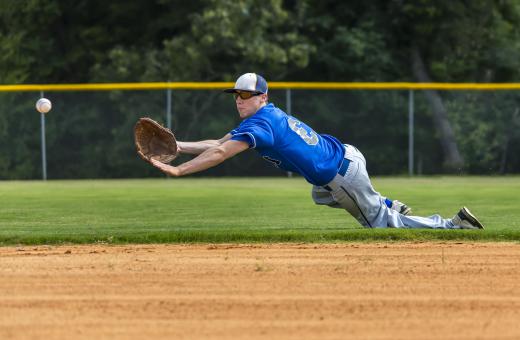The squeeze play is a baseball strategy that was developed in the first half of the 20th century. Most experts agree that the first appearance of this strategy took place at the 1931 World Series. Jake Reid, who was the manager for the New York Yankees at the time, is credited with inventing and developing the technique.
The basic formula for a squeeze play involves a few simple components. These plays require a sacrifice bunt when there are current less than two outs posted for the inning. A runner must be on third base at the time that the bunt takes place. The goal of the play is for the player at home base to bunt the pitch in such a way that he or she will be thrown out at first base. In the interim, the runner one third is able to run for home and score a run for the team.

There are a couple of customized variations on the basic squeeze play that have been used in games ranging from Little League to World Series championships. One technique is referred to as a safety squeeze. As the name implies, this type of play involves the runner on third base remaining in place until the batter actually makes contact with the ball and the course of the bunt becomes obvious.

A riskier version of the squeeze play is the suicide squeeze. With this approach, the runner on third base begins to run as soon as the pitcher releases the ball and before the batter achieves a bunt. The hope is that the bunt will connect and move in a direction that is more or less between the pitcher and the first baseman. When this is the case, the third base runner normally is able to reach home plate and score a run. However, this type of play is very difficult to manage. More often than not, this variation on the squeeze play leads to the third base runner being put out while the batter makes his or her way to first base.
